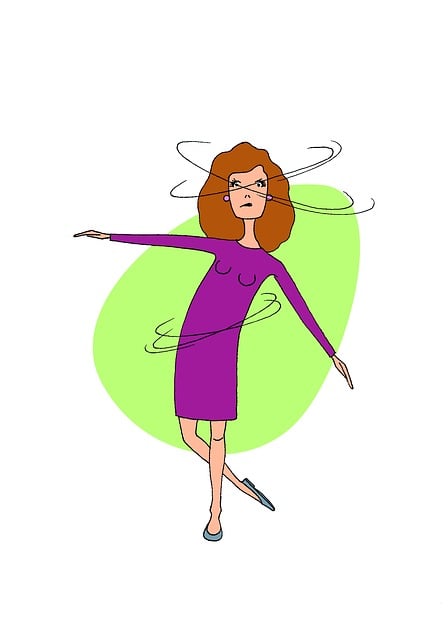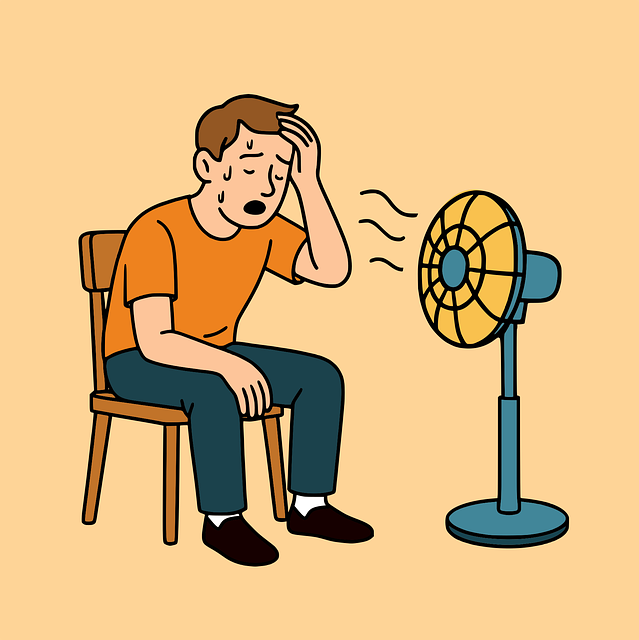As temperatures soar during the summer months, it’s more important than ever to recognize the early signs of heat exhaustion. Whether you’re spending time outdoors, working in the sun, or simply dealing with a heatwave, your body can quickly become overwhelmed by excessive heat and humidity. Left untreated, heat exhaustion can progress to heatstroke — a life-threatening condition.
Here are five critical signs of heat exhaustion that you should know:
1. Heavy Sweating
One of the first and most obvious signs of heat exhaustion is excessive sweating. When your body becomes too hot, it tries to cool itself through sweat. However, if you’re sweating profusely for an extended period without replenishing fluids, dehydration can quickly set in. If you or someone else is drenched in sweat, especially in hot conditions, it’s time to rest, hydrate, and cool down.
2. Weakness and Fatigue
Heat exhaustion often leaves you feeling unusually tired or weak. This happens because your body is using a lot of energy to cool down, and it’s losing vital fluids and electrolytes in the process. You might feel like you can’t keep going or that your muscles feel heavy and sluggish. If this fatigue is sudden or intense, it could be your body’s way of saying it’s overheating.

3. Dizziness or Lightheadedness
Feeling lightheaded, dizzy, or like you might faint is a red flag. This can result from dehydration, low blood pressure, or a reduced blood flow to the brain due to overheating. If you start to feel off-balance or faint while out in the heat, it’s critical to get to a cooler place immediately, lie down, and sip water slowly.
4. Nausea or Vomiting
A lesser-known but serious symptom of heat exhaustion is nausea or vomiting. This indicates that your body is not handling the heat well, and your internal systems are beginning to struggle. Vomiting also contributes to further dehydration, making the situation even more dangerous. If you experience stomach upset while in the heat, don’t ignore it.
5. Cool, Pale, or Clammy Skin
Surprisingly, your skin may feel cool and clammy rather than hot and dry. This is because your body is still trying to cool itself, but it’s failing to regulate temperature efficiently. If your skin becomes pale, feels cold, or looks moist despite the heat, that’s a sign your internal cooling system is under stress and not functioning correctly.

What to Do If You Suspect Heat Exhaustion
If you or someone else shows signs of heat exhaustion:
Move to a cooler location, preferably indoors or in the shade.
Sip water slowly — avoid gulping large amounts at once.
Loosen tight clothing and apply cool, wet cloths to the skin.
Avoid further exertion until fully recovered.
If symptoms worsen or don’t improve within an hour, seek medical help.
Stay Safe in the Heat
Heat exhaustion is serious, but it’s also preventable. Staying hydrated, taking frequent breaks, wearing breathable clothing, and avoiding peak sun hours (10 a.m. to 4 p.m.) can help protect you. Listen to your body — and don’t dismiss the early warning signs.
Your health is worth more than pushing through one more hour in the heat.
